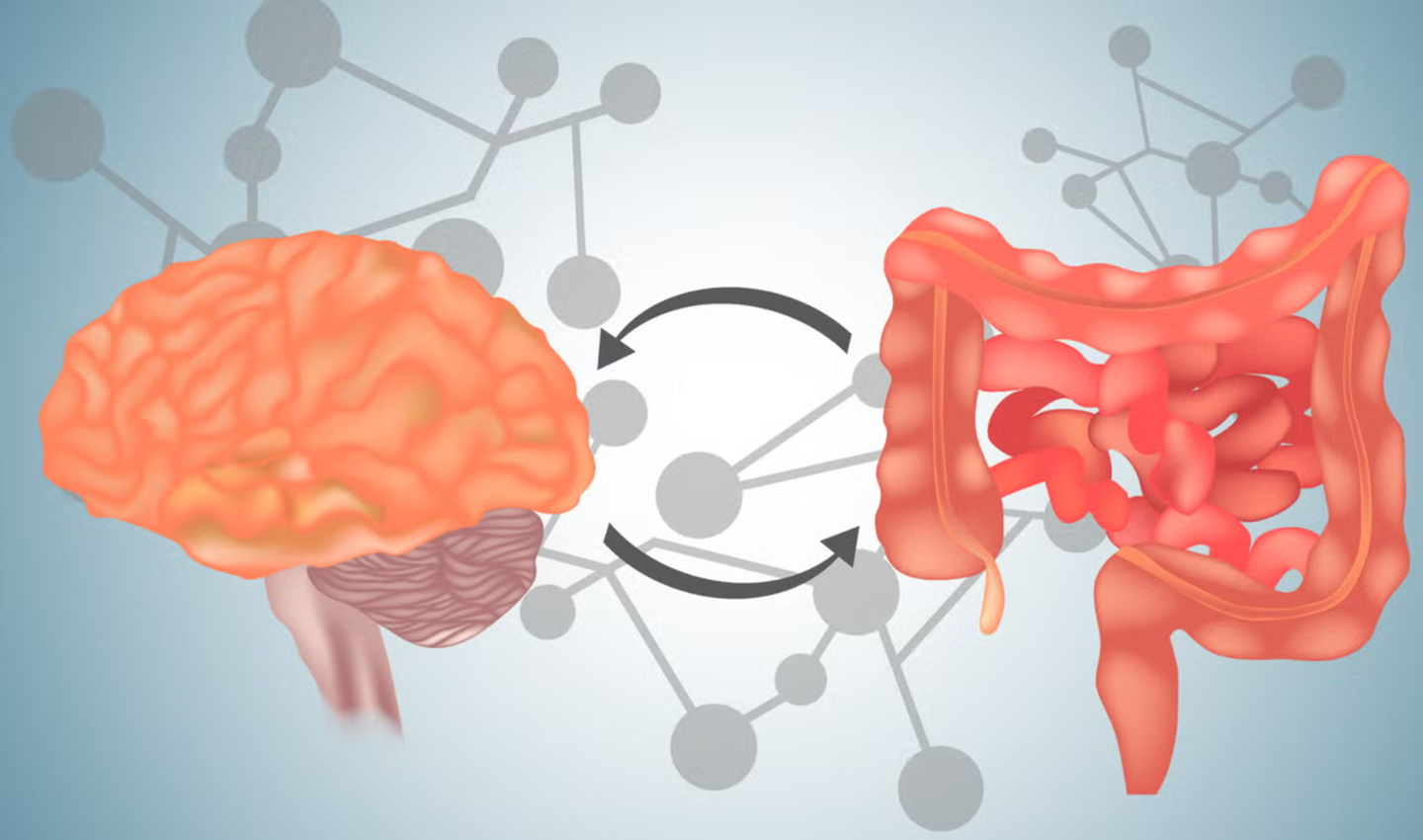New research identifies two distinct metabolic types of obesity
New research defines two types of obesity and shows how epigenetics and insulin pathways drive risk, guiding precision care.

Research identifies two types of obesity with distinct biology, setting the stage for precision treatment and better prevention.(CREDIT: iStock Images)
A team led by researchers at Van Andel Institute has redrawn the map of obesity. Their work, published in Nature Metabolism, identifies two distinct metabolic forms of the disease with different biology and potential risks. The study points to epigenetic forces and chance as major drivers of body weight and insulin control. It also offers a fresh path toward precision care.
“Nearly two billion people worldwide are considered overweight and there are more than 600 million people with obesity, yet we have no framework for stratifying individuals according to their more precise disease etiologies,” said J. Andrew Pospisilik, Ph.D., chair of the institute’s Department of Epigenetics and the study’s corresponding author. “Using a purely data-driven approach, we see for the first time that there are at least two different metabolic subtypes of obesity, each with their own physiological and molecular features that influence health. Translating these findings into a clinically usable test could help doctors provide more precise care for patients.”
Two types of obesity reshape the diagnosis
The group found four metabolic states in people, including two that lead to heavier body types. One form shows greater fat mass alone. The other shows higher fat and higher lean mass together, plus more inflammation. These two types of obesity carry different risks and may respond differently to treatment. The second, more inflammatory form links to higher insulin levels and a stronger epigenetic signal. These distinctions could explain why patients with the same body mass index follow very different health paths.
BMI remains the standard measure in clinics. It is fast and cheap, but it hides biology. People with the same BMI can differ in fat quality, insulin handling, and inflammation. The new subtypes argue for tests that read molecular patterns, not only weight and height.
From twins to mice, the pattern held
The team did a deep analysis of TwinsUK, a large twin cohort in the United Kingdom. They also used mouse models raised in the same setting and fed the same diet. In both humans and mice, two clear obesity subtypes emerged. The match between species strengthens the case that biology, not lifestyle alone, drives the split.
In children, the same two forms appeared. That finding hints that risk begins early and may track across life. It also suggests that screening could start before disease takes root. Early action could focus on insulin signals or inflammation in those with the higher-risk profile.
Related Stories
- Painless saliva insulin test offers early signs of diabetes and obesity risk
- Oxytocin nasal spray shows promise for treating alcoholism and obesity
Epigenetics and chance step into the spotlight
Much of human variation cannot be traced to genes or to environment. This gap is called unexplained phenotypic variation, or UPV. The study ties a large slice of UPV to epigenetics, which controls how DNA instructions turn on or off. Epigenetic “switches” can lock cells into stable states. Small nudges early in life can push those switches one way or the other.
The team highlighted neuronatin (NNAT), an imprinted gene with roles in energy balance. Reduced NNAT expression marked one human pattern and matched the mouse results. In mice, loss of Nnat triggered a striking split within the same litter. Some adults grew large with higher fat and lean mass. Others stayed smaller. There was little middle ground. The researchers describe this as a bi-stable polyphenism, driven by insulin and controlled through epigenetic change.
Insulin, β-cells, and the HDAC link
Mechanistic work in mice points to pancreatic β-cell growth as a key step. Histone deacetylases (HDACs) appear to rewire β-cell programs, boosting insulin output and driving overgrowth. When the team blocked HDAC activity, the overgrowth eased. That places HDAC pathways on the shortlist for future drugs.
Recent reviews in diabetes research reinforce this point. HDAC enzymes regulate insulin production, β-cell survival, and inflammation. Several HDAC inhibitors improve insulin sensitivity in models. Some also protect β-cells under stress. Not every study agrees on which HDACs to target, and dosage and safety remain open questions. Still, the convergence of human and mouse data makes the pathway compelling.
The fat organ tells a deeper story
New work on fat tissue adds context to the two-subtype model. Weight loss reduces fat cell hypertrophy and eases biomechanical strain inside adipose tissue. Metabolic flux also improves after large weight loss, but some immune cells keep an “obesity memory.” That cellular memory may help explain why some patients struggle to maintain weight loss. It also suggests that anti-inflammatory strategies may need to pair with lifestyle or surgery, especially for the inflammatory obesity type.
TwinsUK researchers also released the largest gene-activity map of human adipose tissue to date. The AdipoExpress resource, built from more than two thousand fat biopsies, links genetic control in fat to risk for type 2 diabetes and obesity. Such maps could help define molecular fingerprints for the two types of obesity and guide targeted therapy.
Beyond BMI: toward precision obesity medicine
The message for clinics is clear. BMI alone cannot capture risk. Molecular stratification promises a better match between patient and treatment. People with the inflammatory, high-insulin subtype may benefit from therapies that calm immune signals or modulate β-cell function. Those with high fat but lower inflammation might need a different plan focused on lipid turnover or muscle metabolism.
Precision tools are moving closer to practice. Multi-omics panels, driven by blood or tissue markers, can already cluster patients by insulin response and fat quality. In type 2 diabetes, personalized regimens using genetic, metabolic, and microbiome data improve outcomes. Extending that model to obesity subtypes could reduce complications and shorten the trial-and-error period that frustrates patients and clinicians.
Why chance matters for care and policy
The study underscores the role of stochastic events in biology. Two people with the same DNA and similar lives can diverge because of early epigenetic flips. That insight should shape prevention strategies. Policies that blame individuals overlook the strong influence of biology and chance. At the same time, biology does not equal destiny. Epigenetic states respond to signals, including diet, sleep, stress control, and medication.
“This unexplained variation is difficult to study but the payoff of a deeper understanding is immense,” Pospisilik said. “Epigenetics can act like a light switch that flips genes ‘on’ or ‘off,’ which can promote health or, when things go wrong, disease. Accounting for UPV doesn’t exist in precision medicine right now, but it looks like it could be half the puzzle. Today’s findings underscore the power of recognizing these subtle differences between people to guide more precise ways to treat disease.”
How the two types of obesity could change treatment
If clinics can sort patients into the two types of obesity, drug choices may shift. For the insulin-high, inflammatory subtype, HDAC-targeted approaches could dampen β-cell overdrive and lower systemic inflammation. For the fat-predominant subtype, therapies that improve fat cell turnover and reduce biomechanical stress may offer more benefit. Weight loss will still help both groups. The study suggests it can “rejuvenate” adipose tissue. Yet memory in immune cells may keep risk elevated in the inflammatory subtype. Extra anti-inflammatory support may therefore be needed.
Pediatric care could change as well. Seeing these patterns in youth argues for earlier screening. Body composition scans, inflammatory markers, and insulin tests might spot the higher-risk path. Counseling and therapy could then be tailored before chronic disease sets in.
What comes next
Several steps are needed to bring this science to clinics. First, the field must confirm biomarkers that cleanly separate the two types of obesity. Second, teams need trials that test subtype-matched plans against standard care. Third, researchers must refine HDAC-based strategies for safety and durability. Parallel efforts will likely focus on fat tissue remodeling, islet health, and lifestyle “bundles” tuned to each subtype.
Large resources such as TwinsUK, UK Biobank, and international cohorts can power that work. Single-cell epigenomic maps of islets and fat add resolution. With those tools, the path to precision obesity medicine looks less distant.
Past Studies and Findings
The Nature Metabolism paper led by J. Andrew Pospisilik and colleagues defined two metabolic subtypes of obesity. The group tied one subtype to higher fat and lean mass, higher inflammation, and higher insulin. The work used TwinsUK data and matched mouse experiments to reveal a bi-stable outcome linked to neuronatin and HDAC-dependent β-cell growth.
A 2025 Nature study reported that weight loss remodels the adipose niche. Adipocyte hypertrophy fell, biomechanical strain eased, and metabolic flux improved. Some inflammatory immune cells persisted, suggesting a cellular memory of obesity. This finding helps explain varied responses to weight loss across subtypes. Nature
Reviews in 2024 and 2025 detailed the roles of HDACs in type 2 diabetes. They discussed how HDAC activity affects insulin secretion, β-cell mass, and inflammatory signaling, and evaluated HDAC inhibitors as potential therapies. The literature notes conflicting results for specific HDAC isoforms, underscoring the need for precise targeting.
Single-cell work in 2024 described enhancer state shifts in β-cells during obesity. These epigenetic changes map to dysfunction trajectories that align with insulin stress. Such maps can anchor biomarkers for subtype identification and monitoring. Nature
TwinsUK announced AdipoExpress in 2025, the largest transcriptomic atlas of human fat. This resource links gene activity in adipose tissue to metabolic disease risk. It opens a route to molecular tests that could classify patients by underlying adipose biology.
Practical Implications of the Research
Clinicians may soon move beyond BMI to molecular diagnostics. A blood panel or tissue readout could sort patients into the two types of obesity. That would guide therapy choices, set realistic goals, and improve outcomes. For the inflammatory subtype, combining weight loss with immune and β-cell-focused drugs may be best. For the fat-dominant subtype, targeting adipocyte biology and lipid turnover may deliver more benefit.
Public health messages can shift as well. The data show that early epigenetic events and chance matter. Prevention should still focus on diet, movement, sleep, and stress. But care should not ignore the strong pull of biology. Policies that expand access to early screening, nutrition support, and precision therapies will likely pay off in fewer complications and lower costs.
For patients, the promise is clear. A label that reflects actual biology can reduce stigma, shorten the trial-and-error path, and produce steadier results. Tailored plans can also limit side effects by avoiding drugs unlikely to help a given subtype.
What We’ve Learned
- Obesity includes at least two distinct metabolic subtypes with different risks and responses.
- Epigenetic mechanisms and chance shape insulin output, inflammation, and body composition.
- Precision tests and subtype-matched therapies could improve outcomes beyond BMI-based care.
Note: The article above provided above by The Brighter Side of News.
Like these kind of feel good stories? Get The Brighter Side of News' newsletter.



